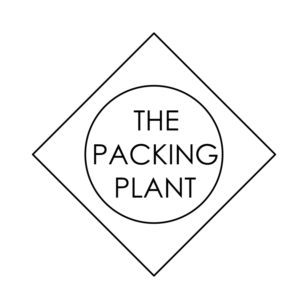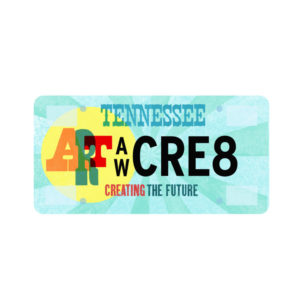INTERVIEW: VIRGINIA GRISWOLD
JUN. 30, 2016
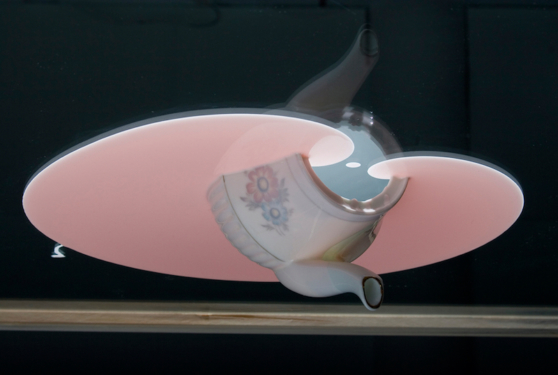
INTERVIEW: VIRGINIA GRISWOLD
JUN. 30, 2016
Amelia Briggs: In Equal Parts you pulled ideas from two different bodies of work. What are those individual bodies of work and what is their relationship to Equal Parts?
Virginia Griswold: Sometimes I feel like I am making one long continuous body of work with no beginning or end to it. Exhibitions offer an opportunity to pause, reflect, frame-up ideas, package, and diverge. They offer punctuation on what would otherwise be a long (maybe too long!) run-on sentence. I would categorize Equal Parts as a fun and important divergence.
AB: In Equal Parts you speak about the relationship between process and product. Can you speak about your process and how much of it relies on concept versus formalism?
VG: Encountering an object or material in the world begins a process of recognition and reconciliation, but that initial moment is crucial. The technical or formal qualities of materials inform the ideas that I am pursuing. These relationships are always symbiotic.
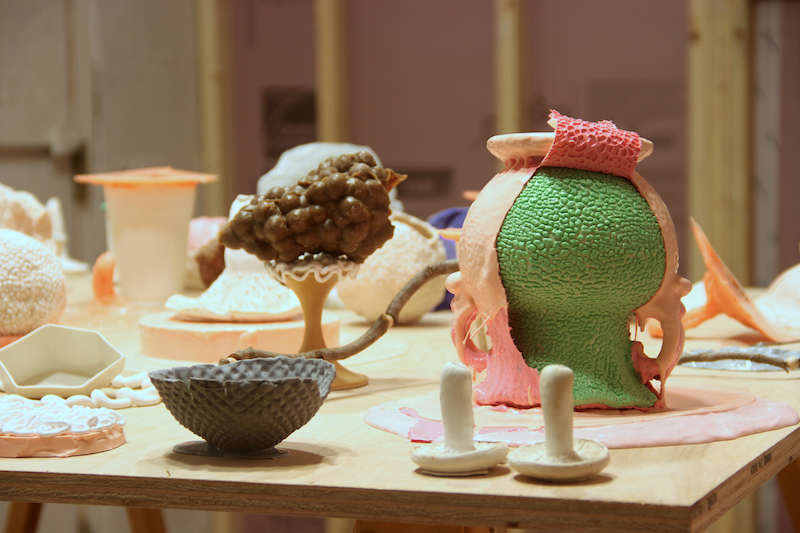
AB: Why was it important to have exposed beams and raw construction as the backdrop for Equal Parts?
VG:I was so excited to show at The Packing Plant during a time of transition for them, both physically and in terms of their identity as a space. Several weeks before the show the curators, Zack Rafuls and Ann Catherine Carter, came by for a studio visit. We looked at works in progress and together formed the concept for Equal Parts. Liminal moments have always been a part of my work, but Equal Parts was the first time that I incorporated unfinished elements into an installation.…these objects were literally “in transition” and it worked in the space. The process of putting Equal Parts together was liberating. The opening was a huge success. It remains one of the best experiences that I’ve had showing my work.
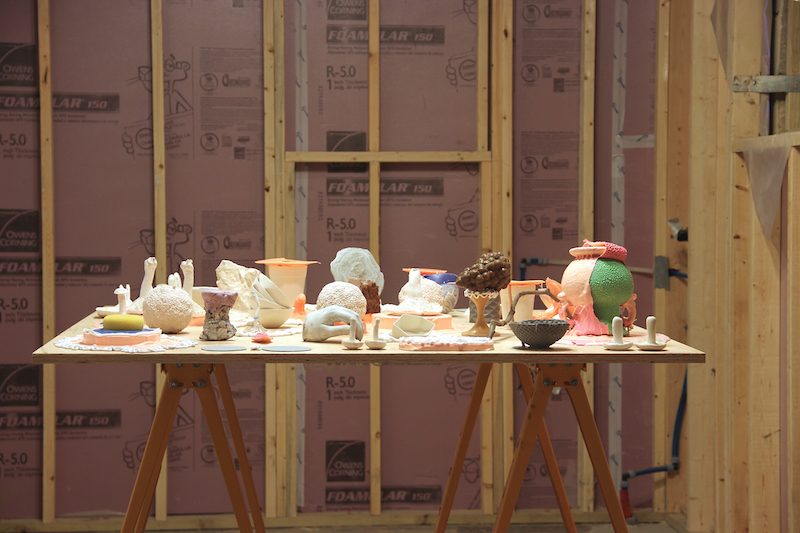
AB: Do you keep a sketchbook?
VG: No, not in the traditional sense. I perform tests with various materials in my studio. I research. I write down ideas in notebooks, paying particular attention to the ideas that come back to me again and again.
AB: Tell me about your process. Where do you begin?
VG: My process presents itself as a series of cyclical conflicts; a push/pull between certainty and ambiguity - making and un-making – movement and stillness. I begin with a question, a sense, or association. In the studio I often find myself exploring dichotomous relationships, for example, interior and exterior spaces…or the way that liquid behaves on a flat surface.
AB: Does each sculpture begin with an object that already exists?
VG: I have always been a fan of Andre Breton, specifically his writings about objects. He described an encounter with the “trouvaille”, an object discovered by chance in the world. It was about finding the thing in an exterior realm that, in its specificity and singularity, unlocks something within your interior. No one makes their work in a vacuum. Everything that I see or experience in the world has the potential to enter the work…and sometimes it does so in a very obvious way.
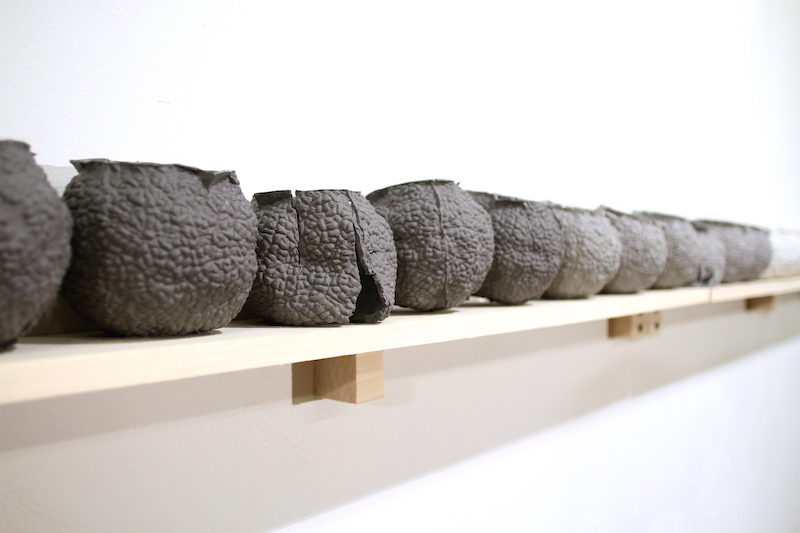
AB: Your work seems to have been continuously pulling away from the ornamental/sleek quality that your 2006-2007 work had. Speak about this switch and why you began to make a change in your aesthetic.
VG: I have a background in craft, in fact, my undergraduate degree was in Crafts/Material Studies. In 2006-07 I was working in a hot glass studio in Brooklyn, NY. I was surrounded by amazing work focusing primarily on design and function. I was inspired. There was a level of virtuosity and control of the material that I aspired to. But over time, I have developed a more idiosyncratic approach. It manifests as a casual negotiation between the familiar and unfamiliar aspects of what I do, and what I expect of myself.
AB: What would you say you expect from each piece? Or, how do you determine if a piece is successful?
VG: My hope for each piece is that, in one way or another, it adds to the story. I want it to be a fruitful component in the continuous lineage of ideas.

AB: Much of your work involves multiples. How did it feel making Float Pile and Through an Eye
VG: Float Pile and Through an Eye
AB: Why are multiples important to your work?
VG: This is difficult for me to explain. Some objects, or ideas, demand a sequence or series. I rarely think of them as multiples because each iteration is slightly unique. There is a clarity that can be achieved through repetition. It is a way of getting to the minutia, the exquisite details of a form. I also enjoy counting the objects in the series - pondering the beginning and ending of it. It’s like paying attention to the seconds on a ticking clock, a record of time passing.
AB: That’s interesting. Tell me more about Float Pile. Was it derived from a piece in Alienum from the year before?
VG: Yes, it was. Float Pile was the continuation of an interest in relationships between chance and control in my work. At the time I was researching body language and physical posturing - the ways that the mind manifests itself physically. I wanted to make a sculpture where the materials and processes used in its production took on metaphorical roles. Initially the idea was to create a layered sculpture where the layers were made of hard plaster and the surface was comprised of soft expanding foam, a new material for me. The plaster would be the structural component of the piece and the foam would be the uncontrollable element.
As expected, the foam consistently resisted my attempts to predict its formal outcome. When considering my conceptual approach to the work I realized that I felt a kinship with the plaster - the controlling force in the piece. The foam took on bodily characteristics as I applied flesh-toned pigments. Conceptually this interested me. The uncontrollable material becomes the body - the physical - while I was the psychological element via my attempts at control and manipulation.
AB: What is the significance of the teapot and table in your work? Does this significance have anything to do with ideas of domesticity or the home?
VG: I grew up in Petersburg, VA, just outside of Richmond. My work with teapots and tables began as a critical reflection on the polite society in which I was raised, particularly the specifics of female culture within this society. I am intrigued by the complexity of the domestic and interpersonal relationships that determined roles within this culture. This is a culture in which generations of people developed strategies for gaining power and exercising their intelligence in ways that did not threaten a prevailing social order. My work with domestic objects (objects of service) was a way to work through issues relating to the question: What happens when one feels that they cannot outwardly take action? This work provided opportunities for repressed emotion to creep out in private, subtle, and deliberate ways.
AB: What is the significance of the vessel? Many things you reference could act as a vessel or seem to be taken from a vessel.
VG: I hope you won’t mind if I answer this question with one of my favorite quotes from Toby Maclennan’s work How Will I Know I am Here?
“Perhaps looking moves in such directions that it too has a way of wrapping itself around space, around a person, around a chair, around a house. And just the way that a hand gets into the emptiness of a cup, the objects of one’s life get into the body and seeing then is like an ocean who, momentarily wrapping itself around a stone, doesn’t need holes in it to fit in fish, the legs of birds and winter.”
AB: Does memory or nostalgia play a role in your work?
VG: Memory, yes, but I try to stay away from nostalgia.
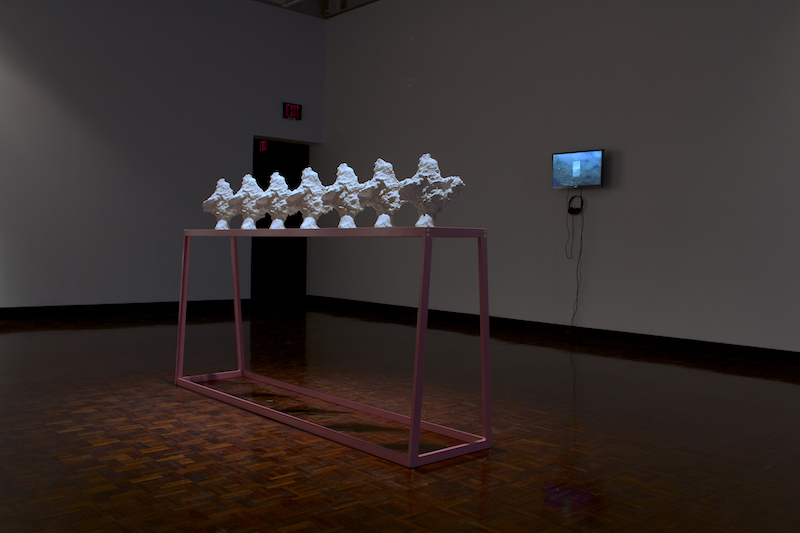
AB: Tell me about your video Mirror Object. How does it relate to Near Earth Objects?
VG: Near Earth Objects was produced at an artist residency in Iceland in the summer of 2014. For the exhibition, held at Austin Peay State University the following Fall, I chose to re-imagine and re-frame my experience in Iceland by using approximations and reflections. The works that resulted were inspired by the landscape, yet remained isolated and apart from it. They were depicted as floating without a fixed environment, vulnerable yet adaptable…subject to evaporation, wind, rising temperatures and the movement of the earth.
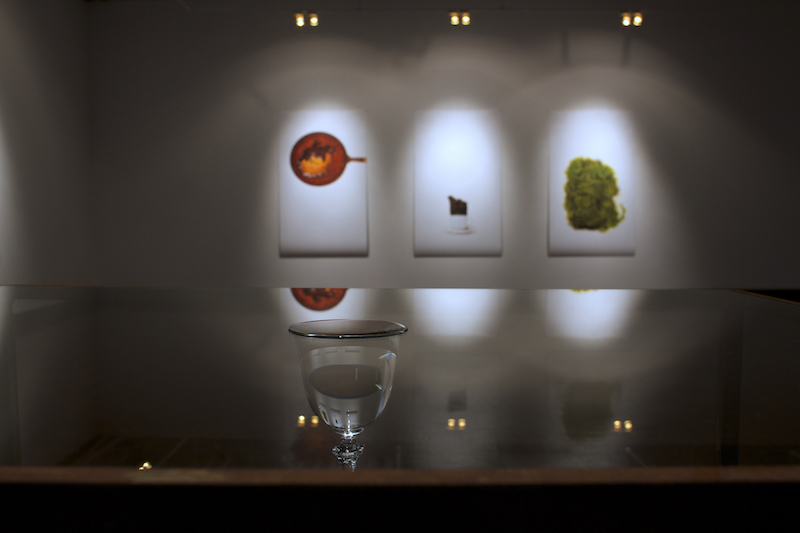
Mirror Object began as a desire to document a reflective object on a reflective surface. I wanted to observe. What would happen if a static object was forced into a state of flux because of its surroundings, and what are the metaphorical implications of this? I found a mountain lake, set up a tripod, and put the mirror object in the water. Initially, I was taken aback by the extent to which it retained its separateness. The process of making this piece was synonymous with my experience in Iceland. I felt simultaneously inside and outside of culture, of place, of identity, and a concrete sense of self.
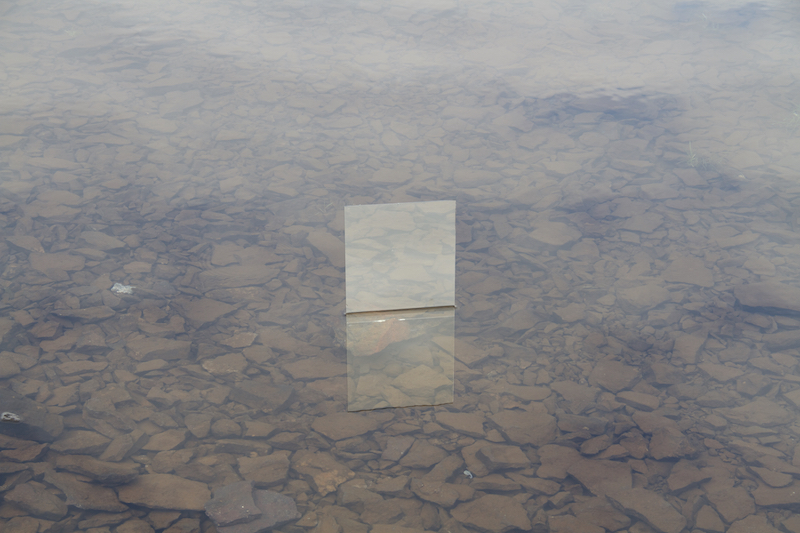
AB: You have some 2D work on your website as well as the video. Your practice seems to be heavily rooted in sculpture. How does working in these different mediums affect how you think about your work?
VG: They offer alternative perspectives and a route toward new solutions for how the work can be. For example, there is a series on my website called Ripe/Raw which is a digital collage of photographs taken of objects from my studio. There is no physical version of this work, it lives on the internet. Similar to my prints and videos, Ripe/Raw began as an exercise in perspective but evolved to be the work itself.
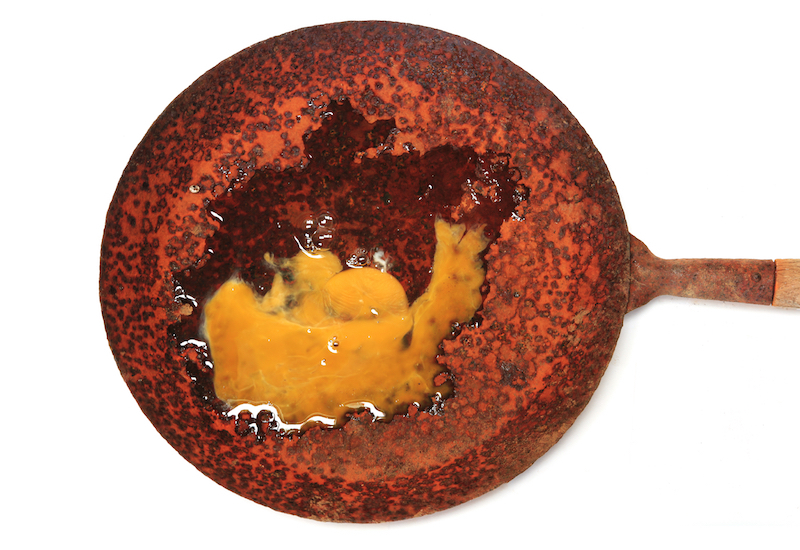
AB: I get a sense that your work is strongly connected to place and a body’s surroundings. Having spent time in many other cities, how has living in Tennessee affected your work? Has it changed it at all?
VG: I have lived in Tennessee for five years. More than environment - people have affected my work and interests here. The students and colleagues that I work with at Austin Peay State University have changed me. I’ve never encountered such a unique confluence of people in terms of background, artistic perspectives, personal politics, points of view…not even when living in larger cities. In the classroom we have great, sometimes difficult discussions. I am certain that working with them has positively influenced and broadened my studio practice.
AB: What are you working on right now?
VG: I am beginning a new body of work about sequences. The working title is Ded Reckoning based on the navigational process of calculating one's current position by using a previously determined position.
AB: Is there anything I didn’t ask that you would like to talk about?
No, this has been great! Thanks Amelia!!!
AB: Thanks Virginia!
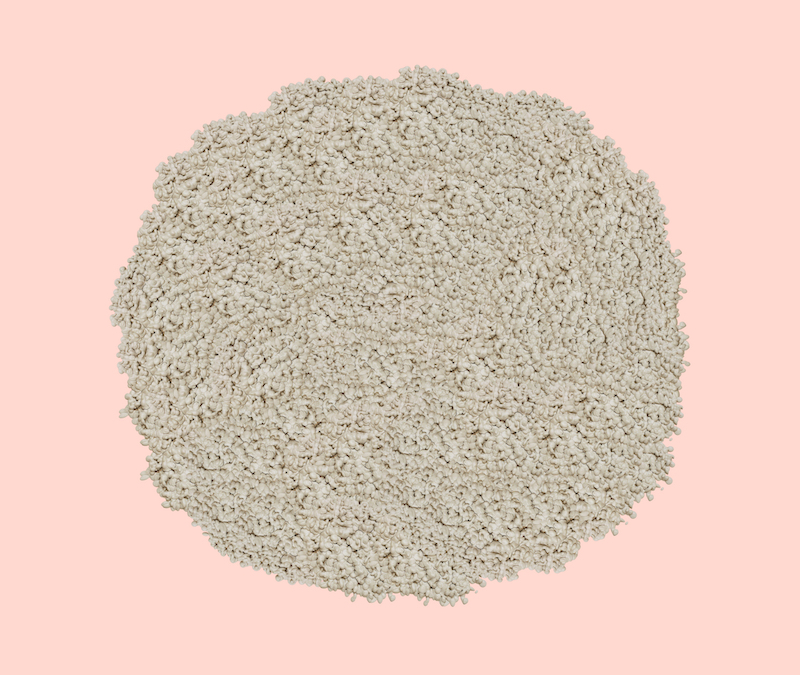
Virginia Griswold is an artist based in Nashville, Tennessee. She received an MFA in Sculpture/Glass from Alfred University, Alfred, NY in 2011 and a BFA in Glass/ Material Studies from Virginia Commonwealth University, Richmond, VA in 2004. She has also studied at the Maryland Institute College of Art, Pilchuck Glass School, and the Penland School of Crafts. In 2009, she received a Brooklyn Arts Council Re-Grant to fund the project: What it is, What it will be: Objects Found and Altered in Brooklyn, as well as, a fellowship in Sculpture from the New York Foundation for the Arts. In 2011 she was awarded a residency fellowship from Alfred University to study at the the Cité Internationale des Arts in Paris for the spring of 2012. She has also been an artist-in-residence at the Gullkistan residency in Laugarvatn, Iceland. Her solo exhibition Near Earth Objects opened at Austin Peay State University in October of 2014. She is currently an Assistant Professor of Sculpture and 3D Foundations at Austin Peay State University.
Amelia Briggs is an artist based in Tennessee.
